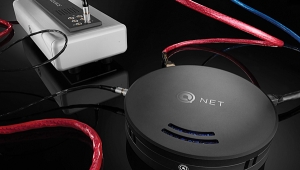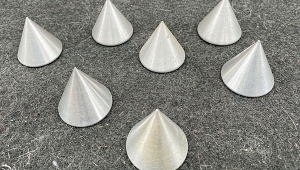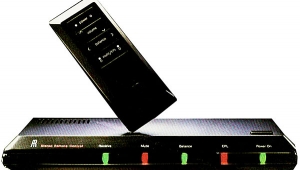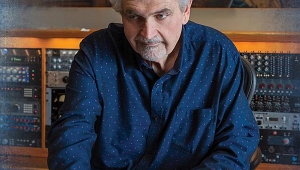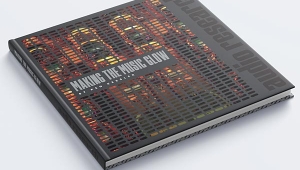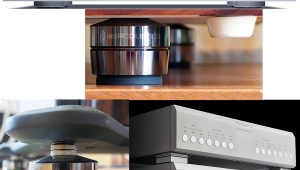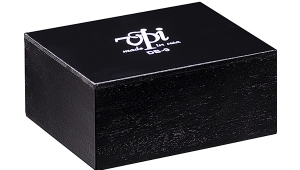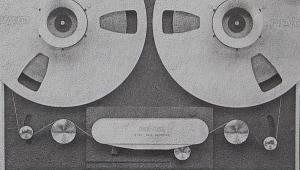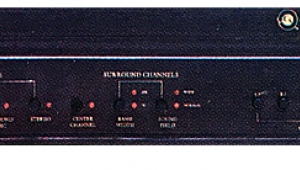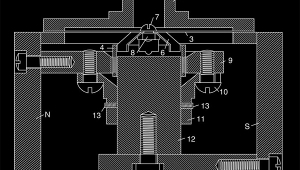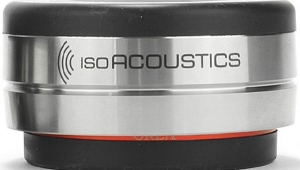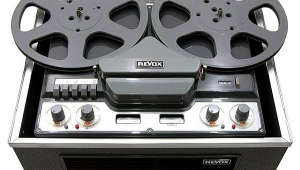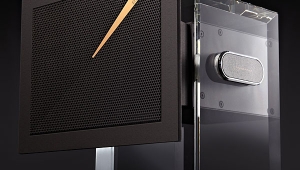| Columns Retired Columns & Blogs |
Mr. Dudley, thank you for your outstanding review. Based on the Stereophile Recommended Conponents list and the fine work by you and your colleagues at Stereophile, I purchased an ART1000 cartridge and a VPI Classic 4 turntable recently, and am delighted with the result. I have found the information in these pages to be invaluable from a technical standpoint, but also entertaining.
I’m curious which SUT you chose for use with this cartridge, and if you found any substantial differences between the Audio-Creative and EMT tonearms.

